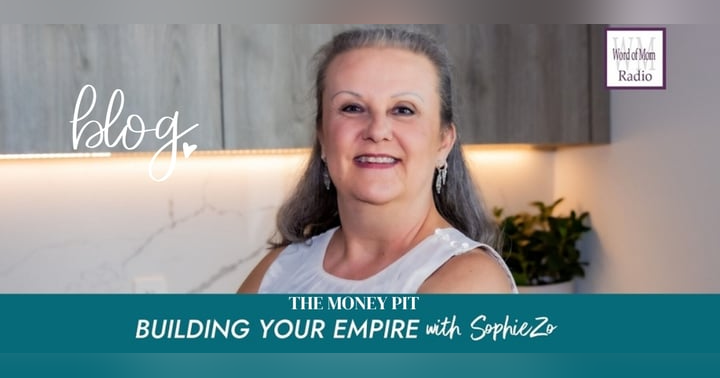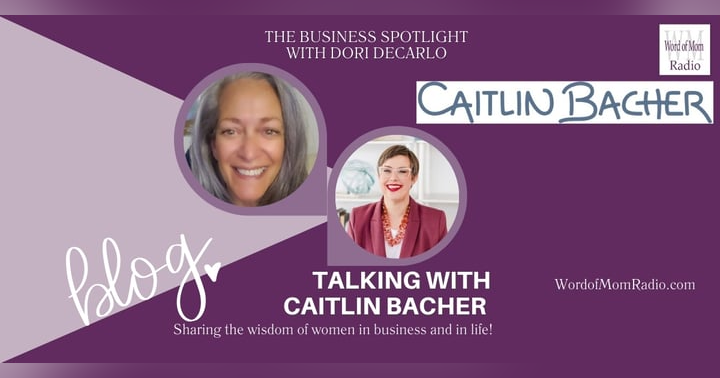Crafting a Unique Value Proposition That Converts

This blog post delves into the art of crafting a unique value proposition (UVP) that not only resonates with your target audience but also drives conversions. We'll explore actionable strategies to bridge the gap between your clients' challenges and their desired outcomes, ultimately transforming your marketing from generic to genuine. This post expands on the key concepts discussed in my latest podcast episode, Strategic Marketing Messages on Building Your Empire with SophieZo on WoMRadio, where we explored the essential elements for deep client connection. Let's dive in!
Understanding Your Audience: Beyond Demographics
Effective marketing begins with a deep understanding of your audience. While demographics provide a basic framework (age, gender, location, etc.), true understanding goes far beyond surface-level data. It's about delving into their psychographics – their values, beliefs, aspirations, fears, and motivations. What keeps them up at night? What are their biggest challenges? What are their ultimate goals? Understanding these nuances allows you to tailor your messaging to resonate on a deeper, more emotional level.
Conduct thorough market research. Utilize surveys, interviews, focus groups, and social listening to gain invaluable insights into your target audience's needs and desires. Analyze their online behavior, the content they consume, and the communities they engage with. The more you understand your audience, the better equipped you'll be to craft a UVP that truly speaks to them.
Defining Your Unique Value Proposition (UVP): Bridging the Gap Between Challenges and Desired Outcomes
Your UVP is the core promise you make to your clients. It articulates the specific benefits they'll receive by choosing your products or services. It's not just about what you offer; it's about the transformation you enable. A strong UVP clearly outlines how you solve your clients' problems and help them achieve their desired outcomes. It bridges the gap between their current reality and their aspirations.
To define your UVP, ask yourself these crucial questions: What specific problem do you solve? What unique solution do you offer? What makes you different from your competitors? What are the tangible benefits your clients will experience? Your UVP should be concise, memorable, and easy to understand. It should highlight the value you deliver and differentiate you from the competition.
Crafting Compelling Marketing Messages: Blending Logic and Emotion
Once you've defined your UVP, it's crucial to translate it into compelling marketing messages. These messages should be both logical and emotional. Logic speaks to the rational mind, highlighting the features and benefits of your offerings. Emotion connects with the heart, tapping into your audience's desires, fears, and aspirations.
Use persuasive language that evokes feelings and resonates with your target audience's values. Tell stories that illustrate the transformation your clients experience. Use visuals that enhance your message and create an emotional connection. Remember, people buy based on emotion and justify their purchase with logic. Your marketing messages should reflect this delicate balance.
Actionable Steps to Create a High-Converting Value Proposition
Creating a high-converting value proposition requires a systematic approach. Here are some actionable steps to follow:
- Identify your ideal client: Create a detailed profile of your target audience, including their demographics, psychographics, and pain points.
- Define your unique selling proposition (USP): What makes your business unique and different from the competition?
- Identify your client's desired outcome: What are your clients hoping to achieve by using your product or service?
- Craft a compelling value proposition statement: This statement should clearly communicate the benefits your clients will receive.
- Test and refine your value proposition: Use A/B testing to determine which version of your value proposition resonates best with your target audience.
Building Trust and Relationships Through Consistent Messaging
Consistency is key to building trust and relationships with your audience. Your messaging should be consistent across all channels, from your website and social media to your email marketing and advertising. This reinforces your brand identity and ensures that your message is clear and memorable.
Maintain a consistent brand voice and tone. Use a style guide to ensure consistency in your language, imagery, and design. Regularly monitor your brand mentions and respond to customer feedback to demonstrate your commitment to your audience.
Examples of Effective Value Propositions
Many successful businesses have crafted compelling value propositions. For example, Apple's value proposition focuses on simplicity, elegance, and innovation. Nike's value proposition centers on empowerment and athletic achievement. By analyzing these examples, you can learn how to create a UVP that resonates with your target audience.
Case Studies: How Other Businesses Successfully Implemented their UVP
Studying case studies of businesses that successfully implemented their UVP provides invaluable insights. Examine how these companies identified their target audience, defined their UVP, and crafted their marketing messages. Analyze their strategies and learn from their successes and failures. This will help you develop a tailored strategy for your own business.
Conclusion: Transforming Your Marketing from Generic to Genuine
Crafting a unique value proposition that converts is crucial for success in today's competitive marketplace. By understanding your audience, defining your UVP, crafting compelling marketing messages, and building trust through consistent communication, you can transform your marketing from generic to genuine. This approach helps you connect with your audience on a deeper level, driving conversions and building lasting relationships. Remember the key takeaways from this post and the accompanying podcast episode, Strategic Marketing Messages on Building Your Empire with SophieZo on WoMRadio, to elevate your marketing strategy and achieve sustainable growth. Implementing these strategies will enable you to effectively communicate the true value you offer, leading to increased engagement, brand loyalty, and ultimately, greater success for your business.




